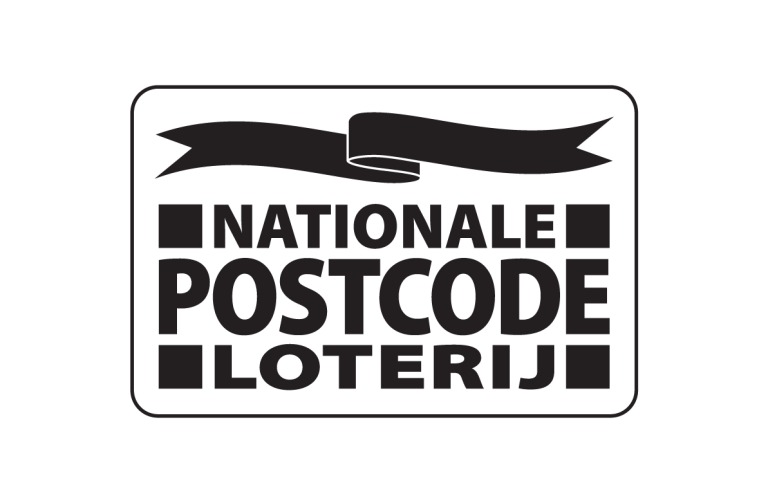Bio-alkanol gel (Patent Number KE/P/2019/3341) is a thick liquid fuel that is a mixture of fruit-peel derived alkanol and egg-shell
Watch the 1-minute pitch video
Long description
This project addresses agro/bio-waste conversion and therefore aims to exploit fruit peelings and poultry-derived eggshells as raw materials to deliver economical and renewable biofuel to minimize wood-based and paraffin-based fuel dependency by rural communities in the Lake Victoria Kenya basin and the Kagera basin of Uganda and Page 3 of 5 Tanzania. Bio-alkanol gel (Patent Number KE/P/2019/3341) is a thick liquid fuel that is a mixture of fruit-peel derived alkanol and egg-shell derived calcium carbonate (CaCO3). The alkanol is derived from sugars in either orange, mango, banana, watermelon or papaya fruit peelings through microbial fermentation. The conversion of fruit peeling cellulose biomass into cellulosic-alkanol on one part—and, egg shells into calcium acetate (gelling agent) on the other part—yields Bio-alkanol gel, a form of renewable energy that burns with a clear flame without smoke or soot. The Higher Heating Value (HHV) of gel was 20.50 MJ/kg determined from the adiabatic bomb calorimeter and the Lower Heating Value (LHV) of the gel was 17.50MJ/kg. It is comparable to gaseous cooking fuel such as LPG in terms of cooking efficiency. The gel fuel is reusable for subsequent fireplace sessions. It has been tested that 1 litre of the gel burns continuously for 10 hours on high output (1.5kW) and can be used for 4 days for a family of 5 persons. It works with a fabricated stove, which is extremely fuel efficient, a quick cooker that will attain maximum and optimum operating temperature in less than 1minute after ignition.











Please login or create a profile to view comments